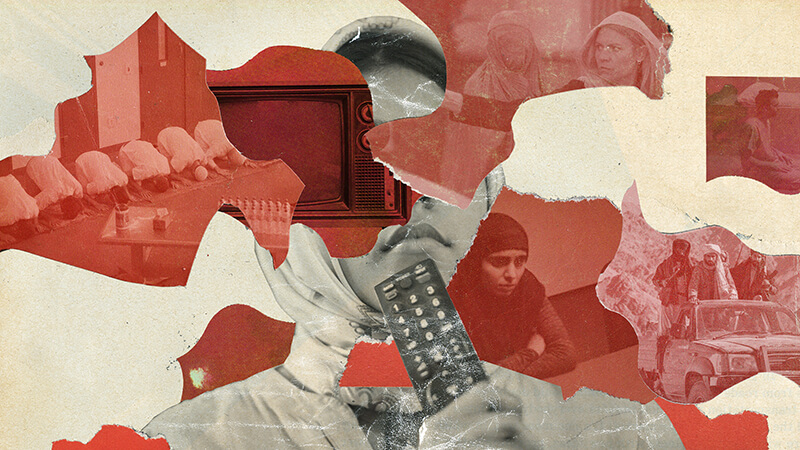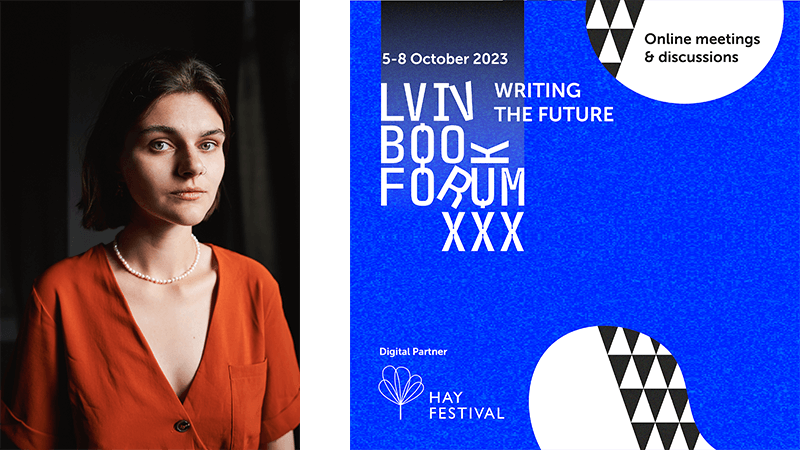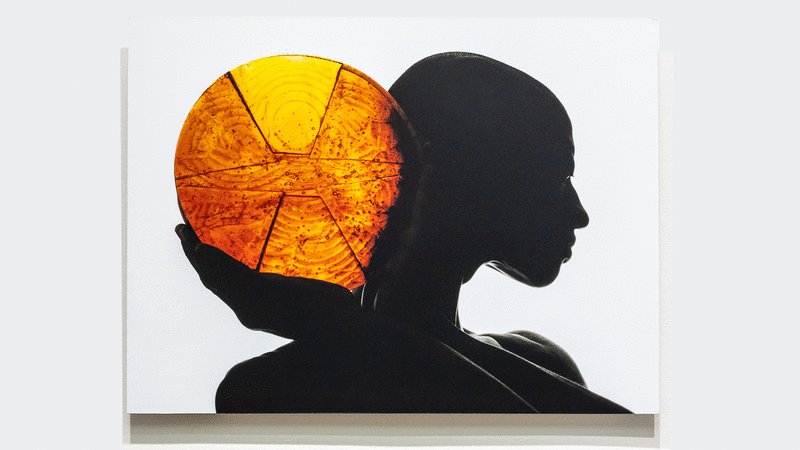Why Muslim Representation In Film and TV Matters
At an intimate community screening in London, I watched the documentary An Act Of Worship, directed by Muslim filmmaker Nausheen Dadabhoy. Over two hours, the audience and I were confronted with the last 30 years of Muslim life in the US, bookended by the first Gulf War and Trump’s Muslim Ban. We heard from a woman whose memories of elementary school include being taunted on the playground for her traditional Pakistani dress. A series of families affected by travel bans described the frustration and heartbreak of living apart. And we listened to the words of a father who, due to immigration issues, couldn’t be with his daughter on her wedding day.
These stories are neither unique nor unfamiliar; as a Muslim in America, I grew up hearing about similar experiences in my community. But watching them unfold on the big screen was surreal, demonstrating their systemic and national scope. According to polling from the Institute for Social Policy and Understanding, 62% of Muslims in the US experience religious discrimination in their everyday lives. The reasons for discrimination are complex and driven by years of systemic racism, but they are also exacerbated by the harmful images people see on their television screens.
As a programme manager at Pillars Fund, a US-based non-profit that supports Muslim leaders and artists, I see these realities every day. In 2019, we already knew from personal experience that Muslims were under and misrepresented in the media, but there was no data supporting these observations to help us push for change. To fill this gap, our team partnered with the Ford Foundation and British actor and producer Riz Ahmed to support two studies at the USC Annenberg Inclusion Initiative. The research evaluated the portrayals of Muslim characters in top films and television series from 2017 to 2019 in the US, UK, Australia, and New Zealand.
The results, while not surprising, are grim. Muslims are overwhelmingly missing on screen: only 1% of all speaking characters in television series are Muslim, despite the fact Muslims make up nearly a quarter of the world’s population. When they are represented, Muslims are often linked to violence. In films, 30% of Muslim characters are depicted as perpetrators of violence; in TV, 12% of Muslim characters die violently during the first three episodes. These stereotypes extend to race, too. Two-thirds of Muslim characters in film are Middle Eastern/North African (MENA), even though Muslims across the globe come from a diverse array of countries and ethnicities.
The quality of characters on screen is not just about representation. These depictions have a tremendous impact on how people around the world feel about Muslims and how we feel about ourselves. Research shows that Muslims are the most likely faith group in the US to attempt suicide and British Muslims have higher rates of depression and anxiety than the general population. These mental health implications are often linked to feeling ostracised and being discriminated against in our daily lives. This influence extends to the development of harmful foreign and domestic policy.
So how do we develop more accurate, expansive portrayals for future generations? First, we support Muslim artists such as Nausheen Dadabhoy who want to tell authentic and provocative stories. (Our Pillars Artist Fellowship offers emerging Muslim directors and screenwriters residing in the US and UK a $25,000 grant, tailored mentorship, and an opportunity to tell stories outside the pressures of anti-Muslim bias.) We also invite industry leaders, funders, and artists to join us in this movement, whether through financial support or simply by learning more to make a systems-level change. The Blueprint for Muslim Inclusion serves as a guide for studios, talent agencies, and other partners to better support Muslim creatives and avoid dangerous tropes. If you’re an industry leader, a simple, transformative action you can take is to sign onto the Muslim Visibility Challenge, which means committing to remove terrorist tropes from future content and hiring at least one Muslim creator who is empowered to develop well-rounded stories and step into their power as storytellers.
Aya Nimer is a Programme Manager at Pillars Fund, where she works on developing culture change programming that advances Pillars’ mission of changing narratives around Muslims in the US




